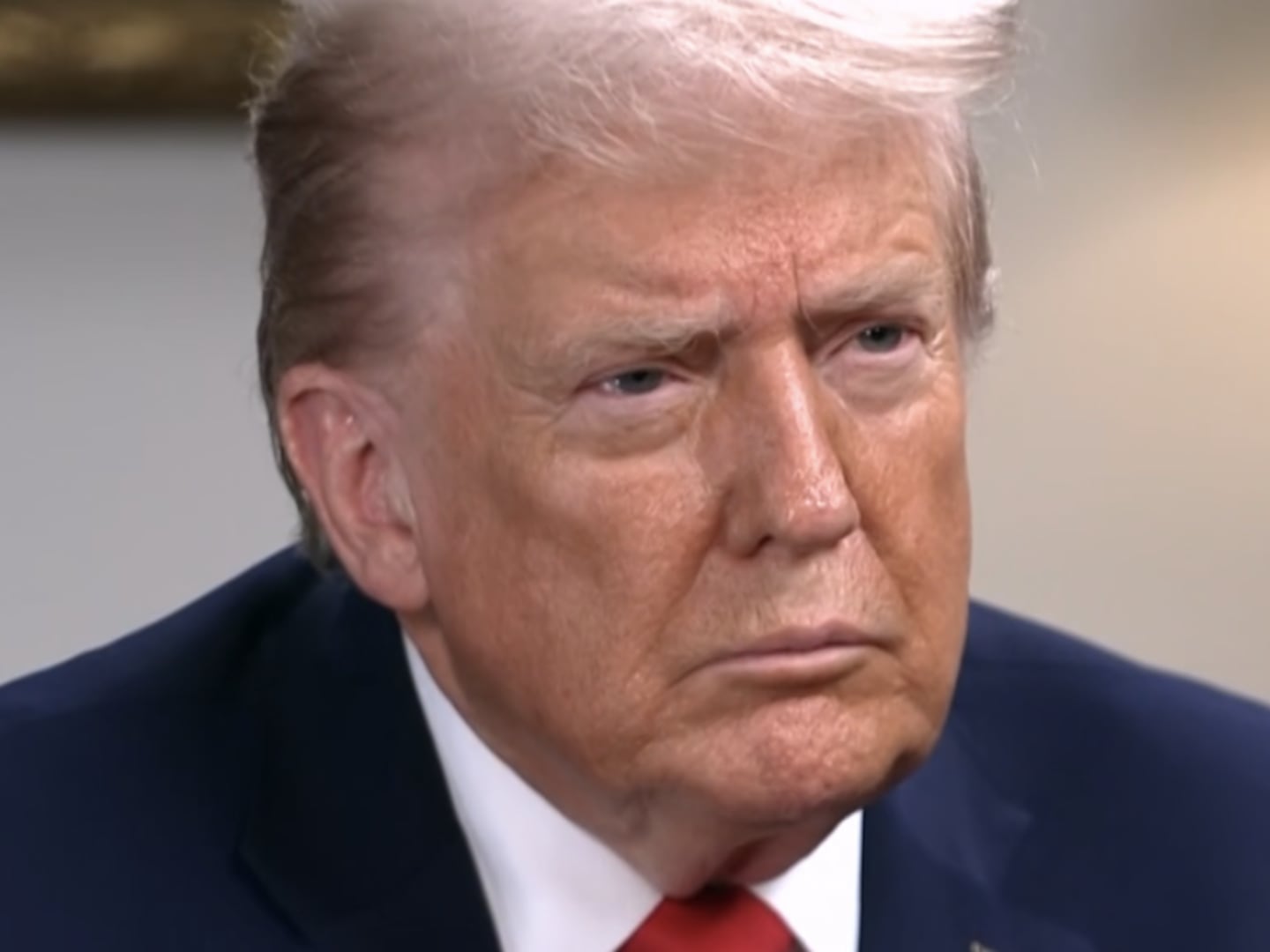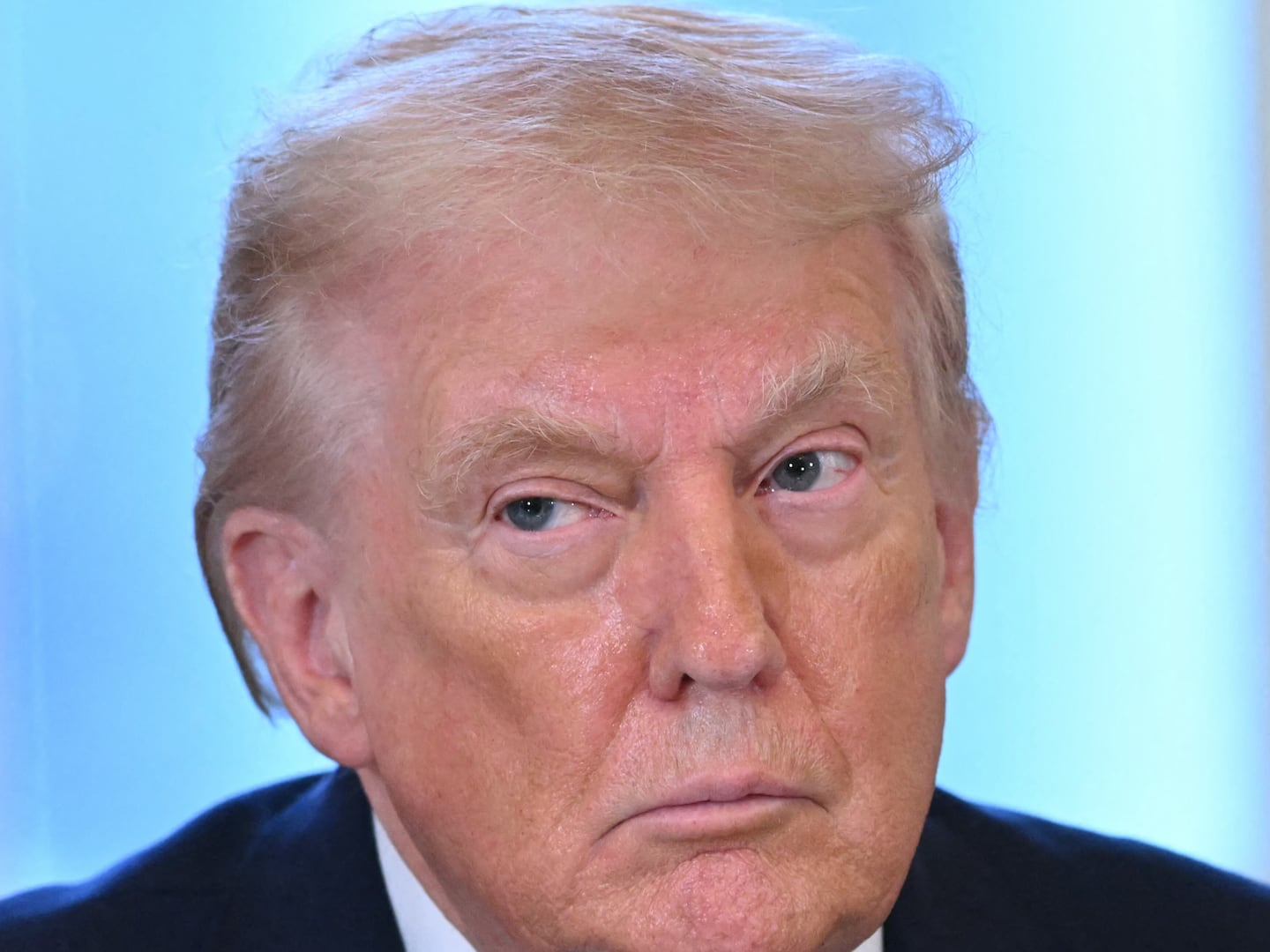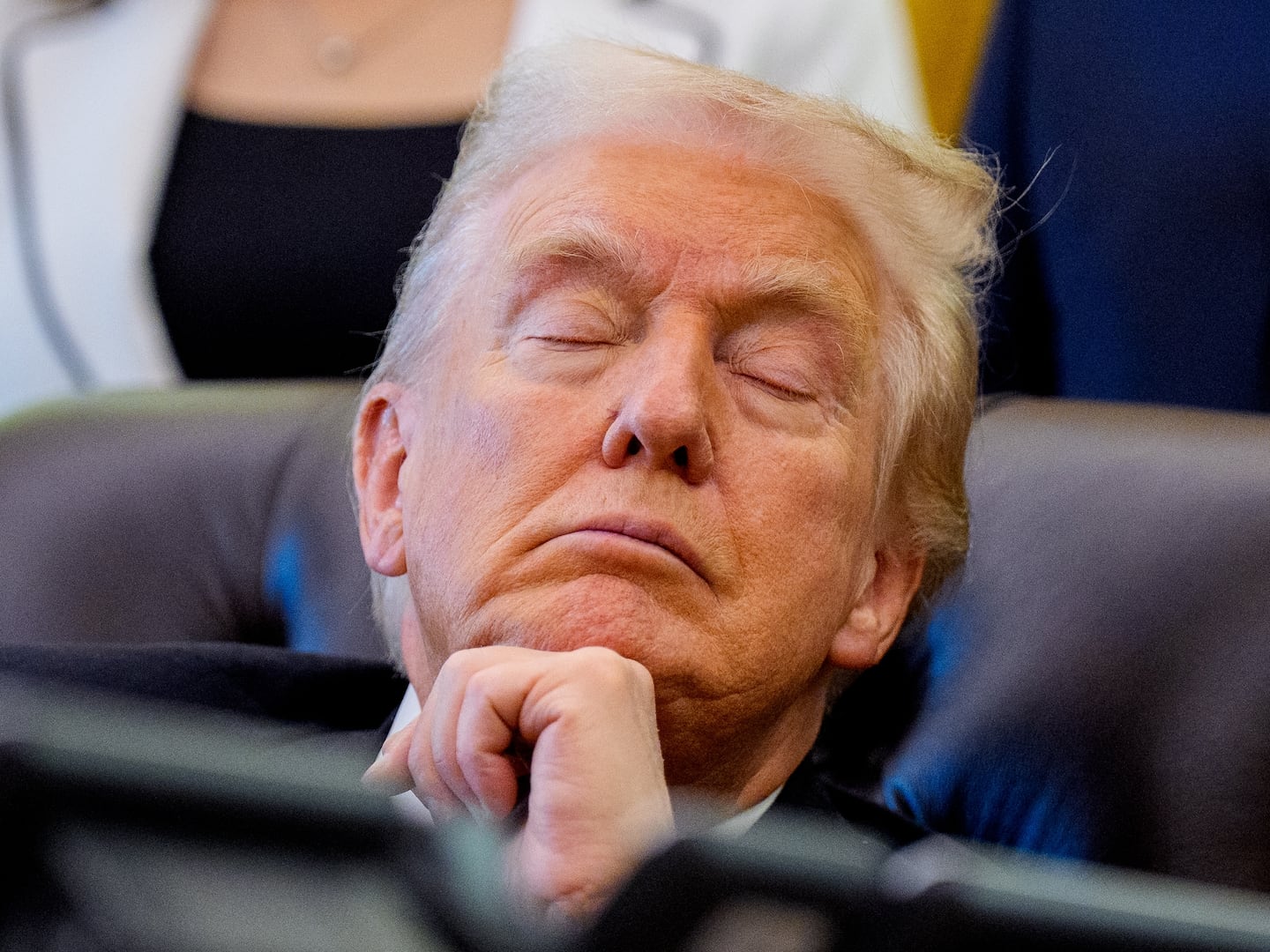Four elements in the White House’s 100-word “tax reform” outline reveal that Donald Trump seeks a government of, by and for the rich.
Perhaps if the millions who voted for Trump understand this simple document, they will begin to see how he and his cronies work to benefit themselves while feigning concern for the common man.
Let’s look at three of the four elements. I’ll come back to the fourth—the corporate income tax—in another column. The three:
The estate tax, which Trump vows to repeal—a move that would save The Trumps $4 billion, assuming Trump is worth the $10 billion he claims.
The gift tax, without which the rich can live tax-free, got no mention, suggesting it, too, would be repealed, a ploy tried earlier by George W. Bush until a leading tax lawyer and I exposed his plan.
The proposed tax rates, which would soak the upper middle class—taxing some of them at more than twice the rate of Trump and other super-rich business owners.
Making Taxes Less Certain Than Death
The estate tax is a levy on the right to transfer large sums of money after you die. It applies only to those worth more than $5.4 million. That’s fewer than 12,000 deaths per year. But the law is already so riddled with loopholes that it applied to just 4,918 estates.
Most of this wealth has never been taxed. Large estates are primarily investments that grew in value, but were never taxed because they were never sold.
The estate tax rate is 40 percent, but the average tax rate actually paid in 2015 was only 19 percent.
And it’s not like the rich are giving their money to charity. Only one in four taxable estates included any charitable gift. Overall, just 11 percent of the fortunes left by these rich Americans went to charity.
With repeal, these fortunes would never be taxed—a huge favor to the already rich, helping them create dynastic wealth through inheritance and setback to strivers whose creativity and work build the economy.
If the estate tax were repealed, that revenue has to be made up either through higher taxes on those with much less, fewer government services or more government debt.
Real reform might include taxing capital gains at death and ending the state laws that allow perpetual trusts under which future members of what Trump calls “the lucky sperm club” grow up not with silver spoons in their mouths, but platinum ones.
Giving to Escape Tax
The gift tax has nothing to do with charity, but rather gifts made to friends and family. The Trump tax outline made no mention of this tax, which is crucial to the integrity of both the income and estate taxes. Candidate Trump called for its repeal.
Most people have never heard of the gift tax because it applies to a narrow segment of Americans. You can give $14,000 per year to anyone else with no gift tax. Gifts above that can be used to reduce the $5.4 million threshold at which the estate tax applies after death, after which the tax applies.
Nine decades ago many rich people escaped the income tax by giving their income from stocks and bonds to poor friends and relatives, who in return for keeping a tiny sliver of the money then returned the gifts tax-free.
Republicans in Congress put a stop to this in 1924, noting that the gift tax was crucial to backstopping the income tax.
Reform would include addressing what, to put it in Trumpian terms, is totally-out-of-control gift-tax cheating.
An IRS internal study found rampant gift tax cheating by simply understating the value of non-cash gifts. The cheat rates ranged from a low of 60 percent in Delaware to 100 percent in Ohio.
IRS data for 1999 showed that 80 percent of gifts worth $1 million or more were undervalued.
Like Trump, candidate George W. Bush proposed tax cuts but refused to tell voters just what he would do. When Bush’s plan was introduced in January 2001, estate tax lawyer Jonathan Blattmachr and I, working independently, both spotted this huge loophole, which would have saved the very wealth untold billions of dollars. A few weeks later the Bush administration quietly dropped gift-tax repeal.
We may have to wait weeks or months longer just to see what legislative language Trump will propose. But repealing or weakening the gift tax, and continued failure to finance IRS audits of gifts, would be nothing but a massive tax giveaway to the super-rich.
What Trump Tax Rates Tell Us
The one smart move in the Trump tax plan is to raise the amount of income not subject to tax to $12,000 per taxpayer, double that for married couples. That’s a big comedown from the $25,000 per taxpayer, double that for married couples, candidate Trump proposed. This, together with the $1,000 per-child tax credit sponsored by the Republicans years ago, would remove millions of people from the income-tax rolls.
It also would simplify returns for 20 million or so other taxpayers because they would no longer qualify to itemize their deductions. Trump would eliminate all income-tax deductions except charitable gifts and home-mortgage interest. Currently fewer than half of homeowners qualify to deduct their mortgage interest, a share that Trump & Co. would shrink even more.
But it is the proposed tax rates that should alarm people, especially the better paid workers like physicians, managers, executives, accountants and other professionals.
The Trump outline called for three rates: 10 percent, 25 percent and 35 percent.
He would keep the current lowest rate of 10 percent, but eliminate the 15 percent rate, which brings in nearly a third of income tax revenue.
Trump’s team did not indicate where the tax rate would shift from a dime on the last dollar to a quarter on the next dollar. But that is a huge hike.
An administration interested in the working class and the middle class would create a structure that rises not with a huge bump—from 10 percent to 25—but with a steady upward arc. Such a plan with only three rates would go from, say, 10 percent to 20 percent to 35 percent.
Based on Trump’s campaign statements, one would reasonably expect a structure more like this: 10 percent, 15 percent, 25 percent, 40 percent. In that structure the increases grow larger as income grows larger.
Also, Trump would tax people with identical incomes very differently.
If you are a highly paid executive, salesperson or other employee making big bucks, Trump would apply the 35 percent rate to you. But if you are self-employed and like Trump make your money through profits from so-called pass-through businesses you control, your tax rate would be just 15 percent. In a pass through the business itself is not taxed, but the owner is taxed on the business profits.
Anyone who now operates a business as a sole proprietor, also known as a Schedule C filer, would be a fool not to switch to forming a Limited Liability Corporation or an S Corporation unless they made so little their tax rate would be 10 percent or 15 percent.
This 20-percentage-point difference between highly paid workers taxed at 35 percent and highly profitable individual businesses taxed at 15 percent makes exactly zero economic sense.
Trump would create an unlevel playing field, one that gives the self-employed a tax savings of 20 cents on the dollar compared to someone making the same income as an employee.
For a host of economic, legal and legislative rule reasons, the one-page “tax reform” outline will never be more than a political joke. But for insights into how Trump conned the common man, and how as president he is running the same kind of bait-and-switch swindles that benefited him while hurting so many workers, small business vendors and investors when he was in private life, this document is a Rosetta stone that explains how Trump & Co. approach taxes.






